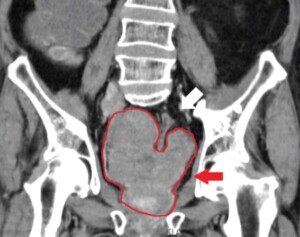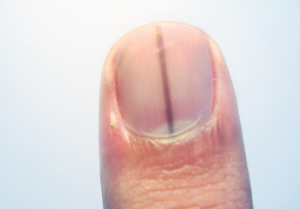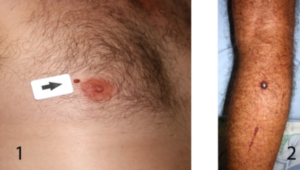
What happens when a pulmonary embolism forms after joint replacement surgery?
A piece of a deep vein thrombosis, postop, can break off, travel to the lungs and suffocate the patient.
Joint replacement surgery is a major risk factor for a blood clot that travels to the lungs and becomes a pulmonary embolism, so how is this diagnosed accurately?
Diagnosis of a Pulmonary Embolism After Joint Replacement
“A PE is usually diagnosed with clinical signs, symptoms and radiologic studies,” says Henry Boucher, MD, clinical instructor of Adult Reconstruction, Medstar Union Memorial Orthopaedics, Baltimore, MD.
“Patients may complain of shortness of breath and or chest discomfort,” continues Dr. Boucher.
“Their oxygen saturation level may decline and they may have an elevated heart rate and respiratory rate.”
The joint replacement patient (as well as other surgery patients) are monitored for oxygen intake.
If it dips below a certain level, this triggers a sound alert to medical staff.
“Usually a pulmonary embolism is confirmed by a CT scan or ventilation perfusion scan,” says Dr. Boucher.
What about why joint replacement surgery patients are not routinely placed on telemetry to monitor for cardiac disturbances that can result from a pulmonary embolism — which, from a mathematical standpoint, kills one person every six minutes in the U.S.
Dr. Boucher explains, “Most patients are not routinely placed on telemetry unless there is a cardiac issue, and telemetry itself is not indicated for the routine joint replacement patient for the purpose of early identification of a PE.”
He adds, “Pulmonary emboli can vary in size and many can be asymptomatic or have few outward clinical signs.
“However, a large PE (i.e., saddle embolism) can be rapidly fatal without warning or treatment; fortunately these are uncommon.”


























